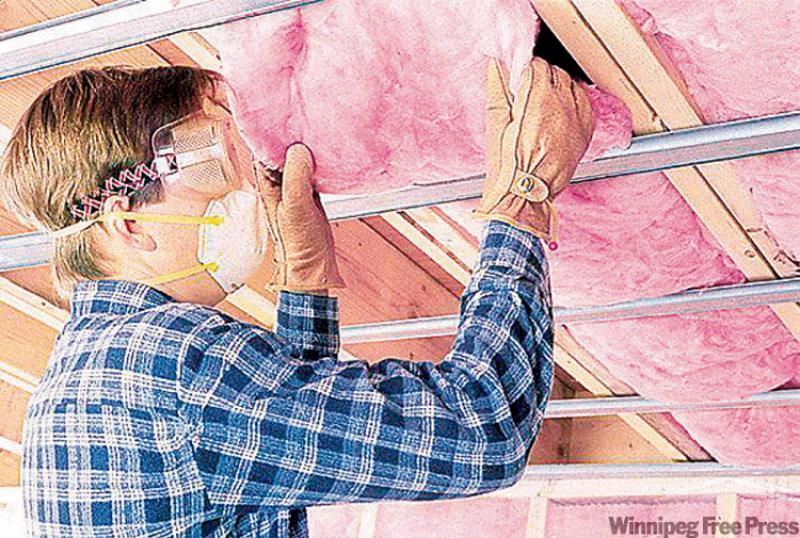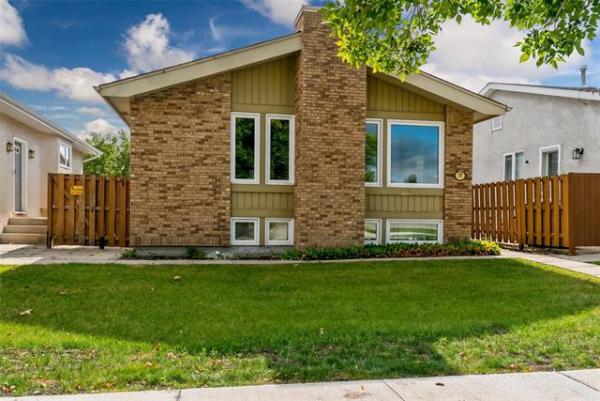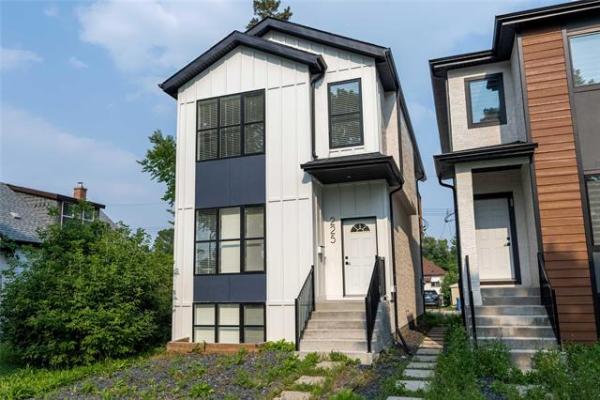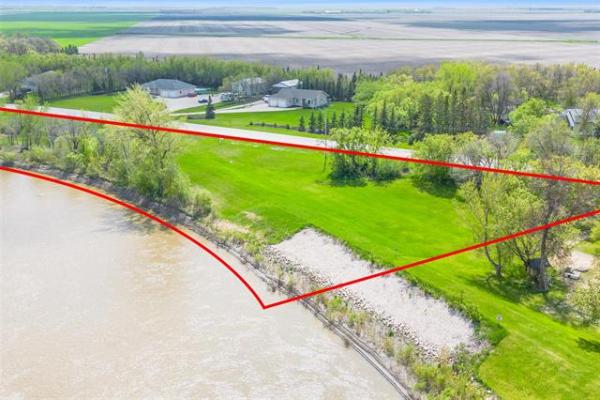QUESTION: Our addition is cold and we need help! The original part of the house has a full basement but the addition has only a crawlspace beneath. There is a two-foot by four-foot opening between the two underground spaces. The wall cavities of the crawlspace and the addition are fully insulated with fibreglass batts. The problem is that the floor, and subsequently the whole room, of the addition remains cold through the winter. To keep the floor warm we are considering either heating the crawlspace, or putting fibreglass insulation in the ceiling of the crawlspace. Which should we do?
-- Melina Chow
ANSWER: Cold floors above crawlspaces are a very, very common problem that is often fairly easy to prevent as long as access to the crawlspace is adequate. The opening you have described should allow for proper repairs to prevent the cold issues you are experiencing in your addition.
You have identified the two possible actions often taken to try and warm the floor above a cool crawlspace, but only one will help. Many homeowners and even contractors attempt to warm a crawlspace by adding insulation in the wrong location.
You say that the perimeter walls of your basement and crawlspace are insulated, and that is the correct method to prevent heat loss through the foundation walls of both spaces. This will allow you to properly air-seal and heat your crawlspace, which is the correct way to warm the floor above.
Insulating the ceiling of the crawlspace may seem like a good idea to prevent heat loss from the room above, but it doesn't work well. The problem is that warm air rises, so the floor will only lose a small amount of heat from conduction to the crawlspace. While this may keep the heating bills for the living space a little lower, it can actually make the floor feel colder than with no insulation at all. That's because the insulation may actually prevent heat loss through the floor, making the crawlspace even colder, which is the source of the cold floor in the first place.
Once you are assured the insulation in the perimeter of your crawlspace is properly installed and adequate in thickness to prevent major heat loss to the exterior, you will need to properly air seal it. Installing a 6-mil polyethylene air/vapour barrier over the dirt floor of the crawlspace and the insulated perimeter walls is the next step. This will prevent excess moisture intrusion into the home and insulated crawlspace walls once it is warmed up. This plastic sheathing must be caulked and sealed to the underside of the floor sheathing and floor joists as well as at all seams.
Once complete, adding heat to the crawlspace area will warm it and allow warm air to rise naturally into the living space above. This will dramatically improve the warmth of not only the floor, but often the air in the addition, as well.
There are different methods to achieve proper heating of the crawlspace, which will largely be dependent on the type of heating system currently in your home. Often, the most economical system is to install a few electric baseboard heaters directly in the crawlspace, which can be mounted or suspended from the floor joists. This will depend on the capacity of your electrical service and may be the only option if the rest of your home is heated in this way. These units may also be more practical if you have a forced-air or hot-water radiant system, if installation of proper ducting or piping is very difficult through the existing opening.
If access to the furnace ducting is not too difficult, and your furnace is sized sufficiently to carry the heating load of the additional space, running forced air heating ducts for the crawlspace may be the most effective option. This is the best method due to the air circulation added by the furnace fan. This warm air will not only provide the most thorough heating of the entire crawlspace area, it will also help to dry any moisture or dampness trapped in the crawlspace.
Some moisture may come from through the air/vapour barrier, from the soil below, due to the difficulty of completely sealing this in an uneven area. Also, moisture may enter the crawlspace through any gaps in the perimeter walls or from moist summer air that may enter the crawlspace from the home or any summer vents or small openings.
While it may seem strange, given the mountains of information available telling us how beneficial it is to insulate all aspects of our home, the crawlspace floor in not the proper location for insulation. While you are lucky that your home has no current insulation in this area that you have to remove, many homeowners are not as fortunate. It's critical to remove any existing insulation, especially if it is fibreglass batts or loose insulation that may trap air, because it may also collect moisture once the crawlspace is warmed up. Once this is complete and a proper air/vapour barrier installed, adding a reasonable amount of heat to this area will put an end to your cold toes.
Ari Marantz is the owner of Trained Eye Home Inspection Ltd. and the President of the Canadian Association of Home & Property Inspectors - Manitoba (www.cahpi.mb.ca). Questions can be e-mailed to the address below. Ari can be reached at (204) 291-5358 or check out his website at www.trainedeye.ca.
trainedeye@iname.com




